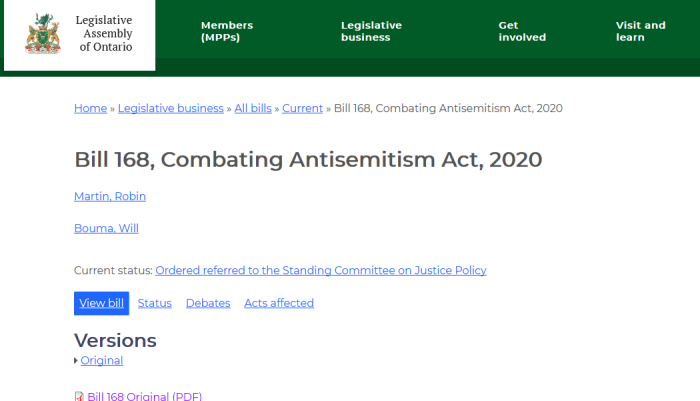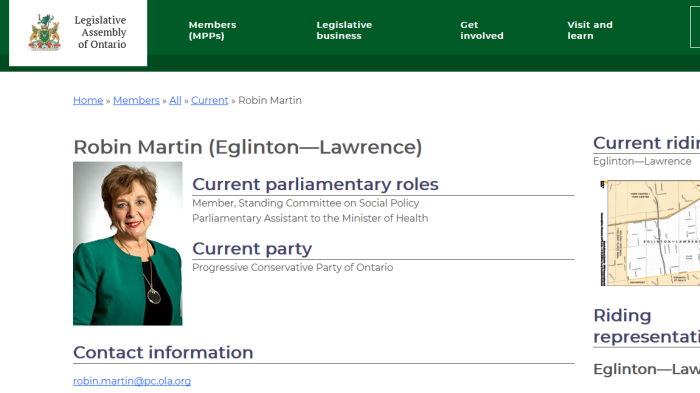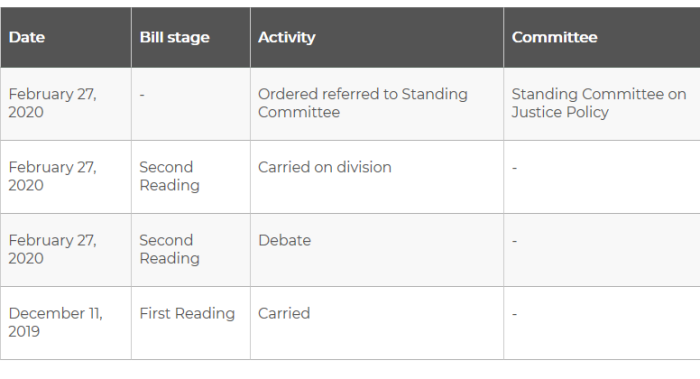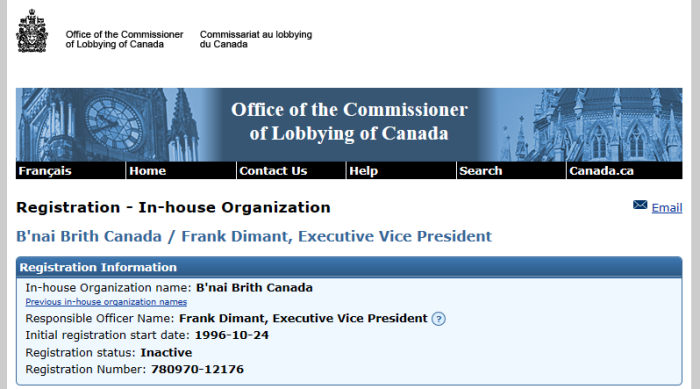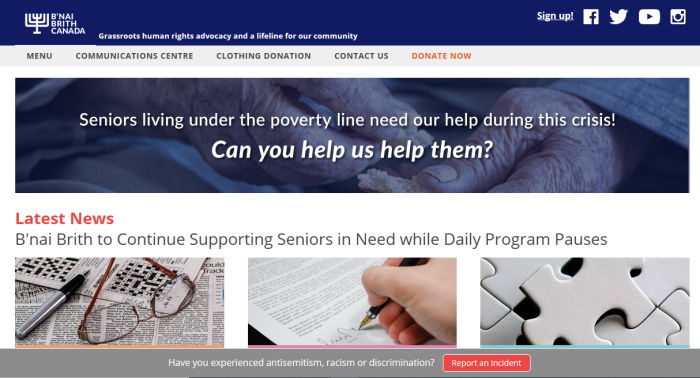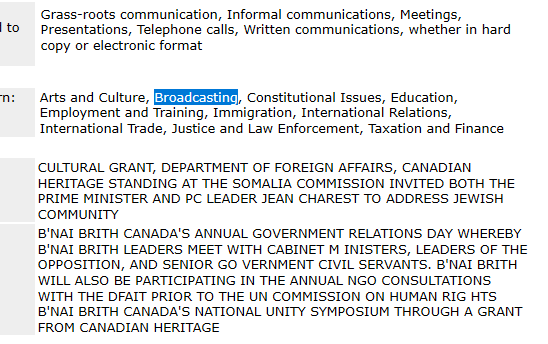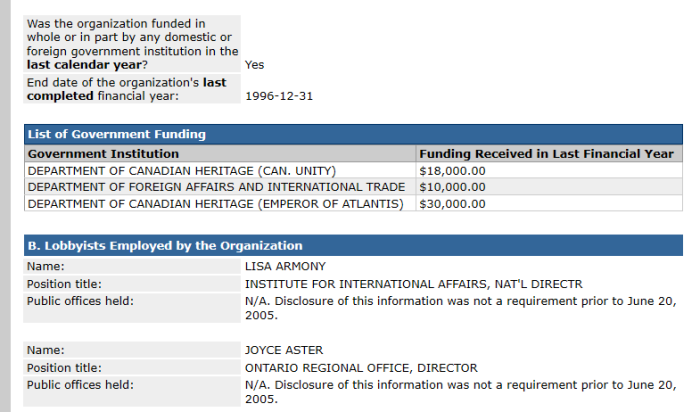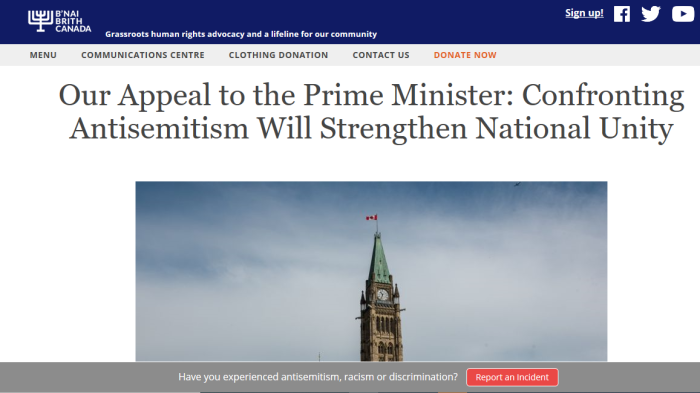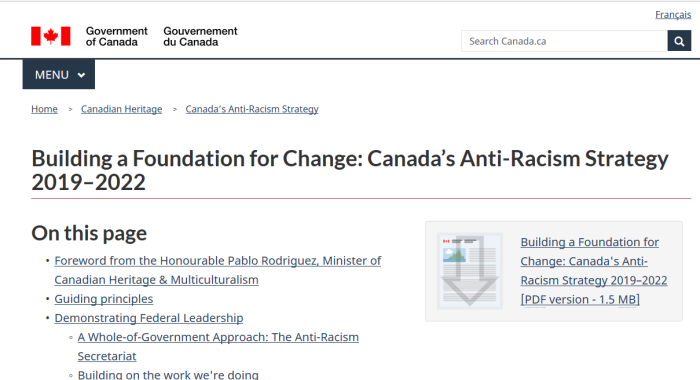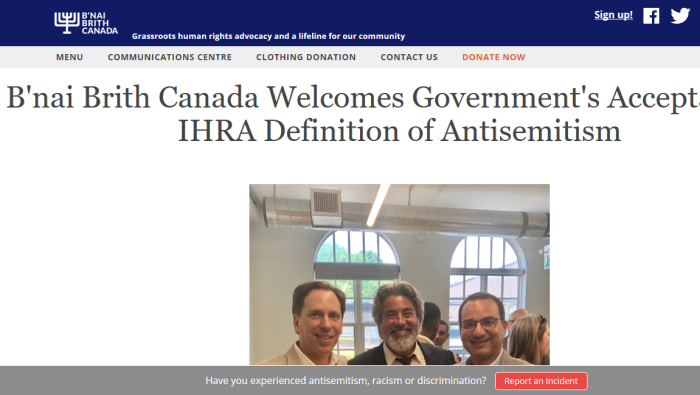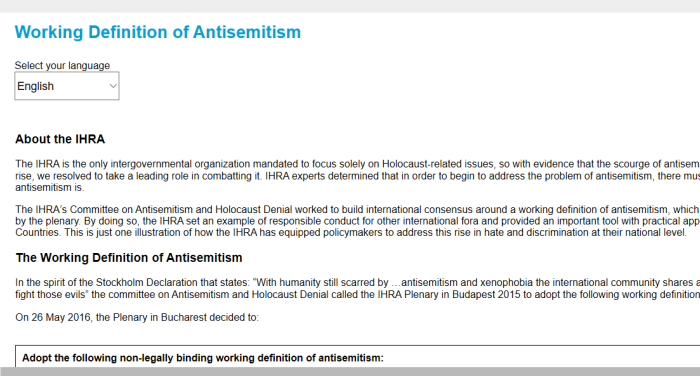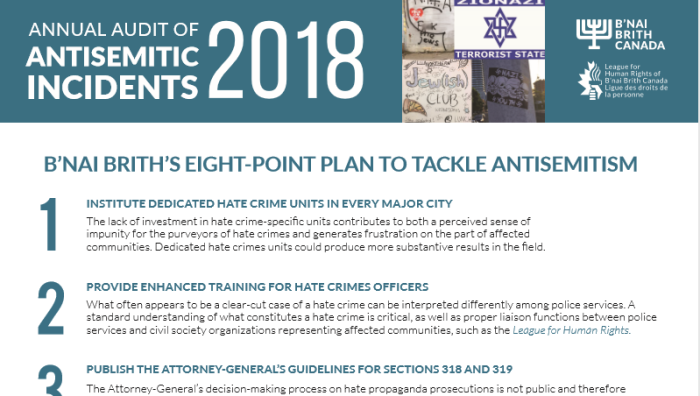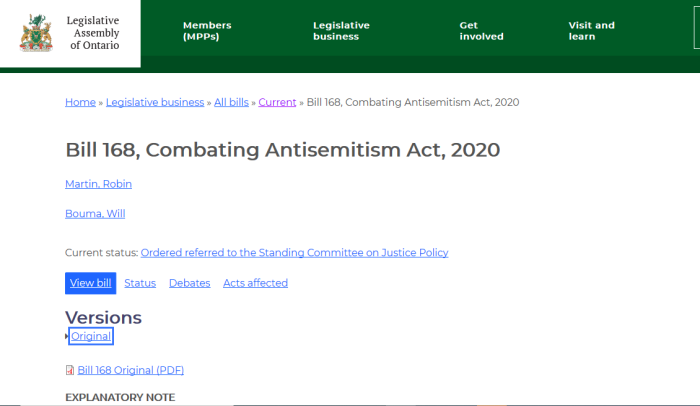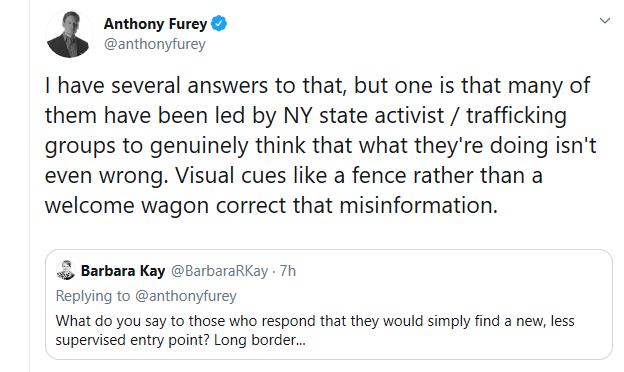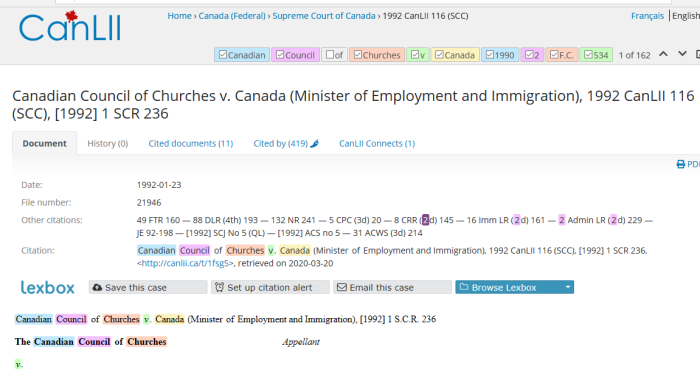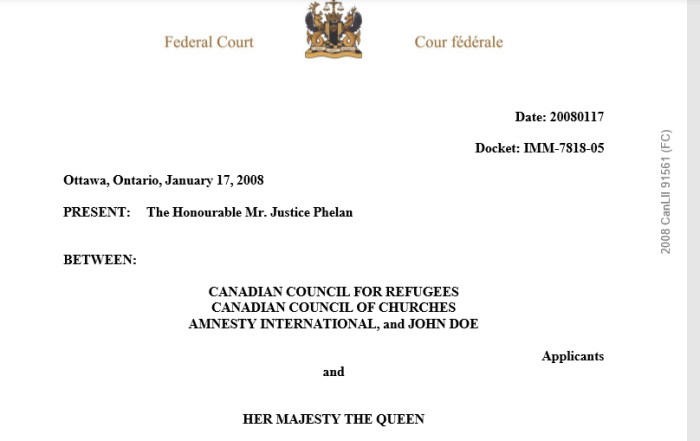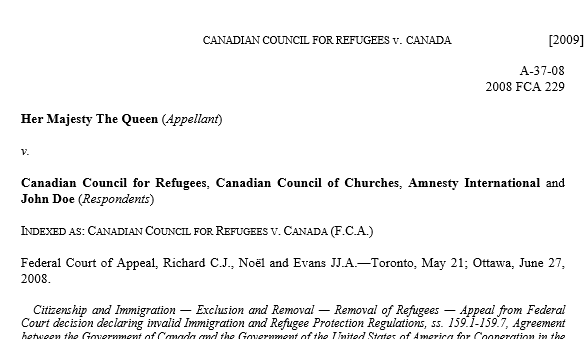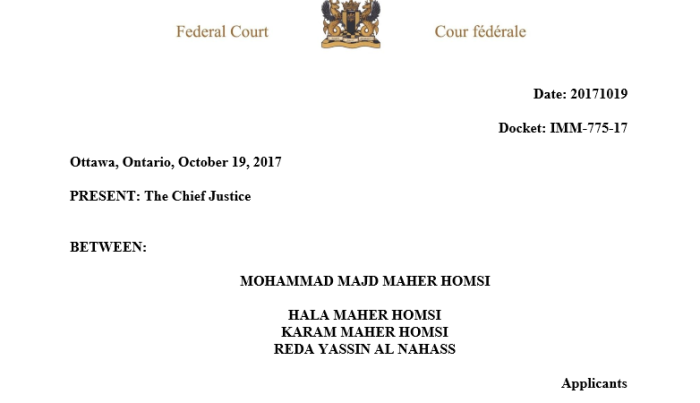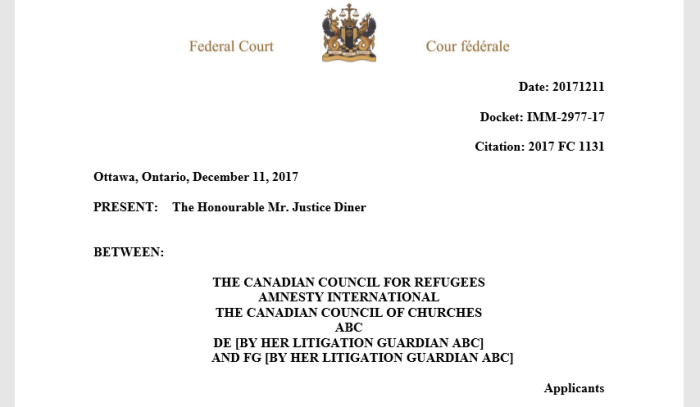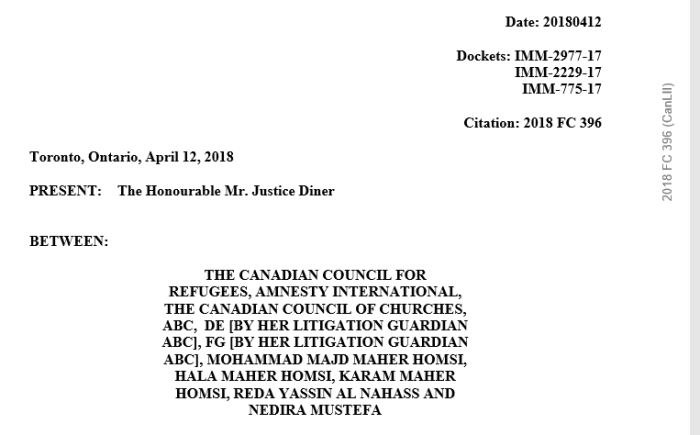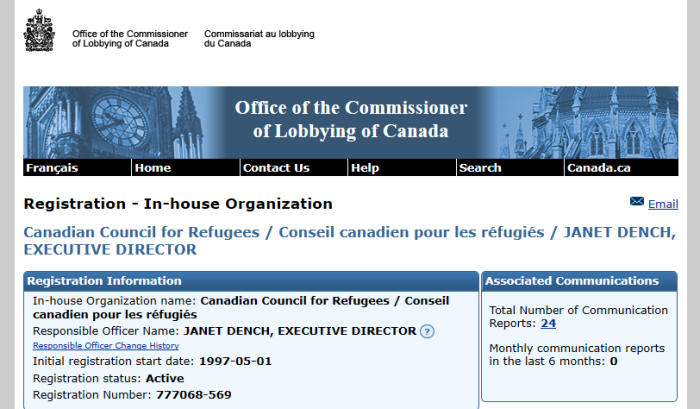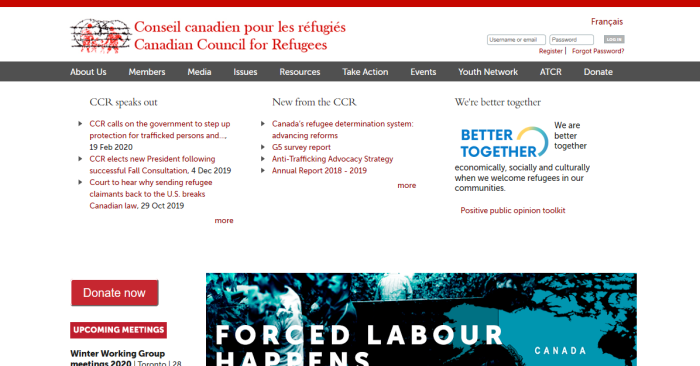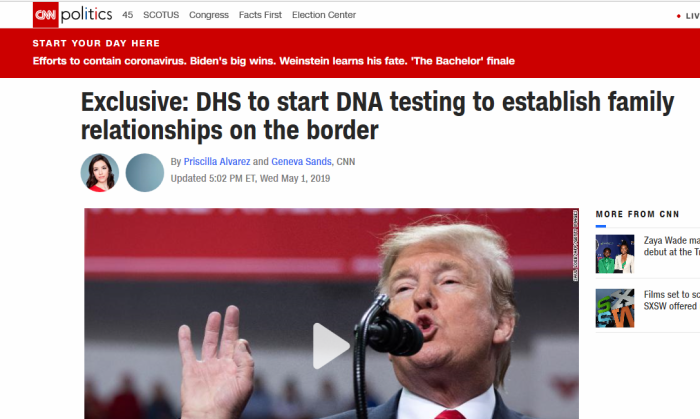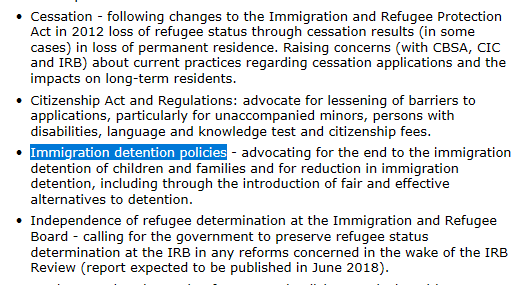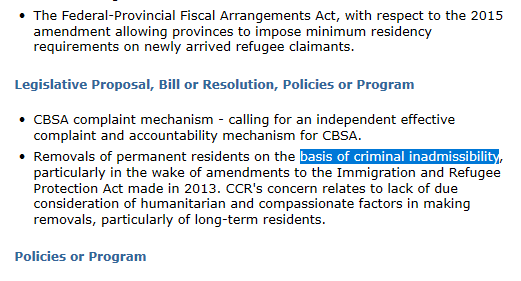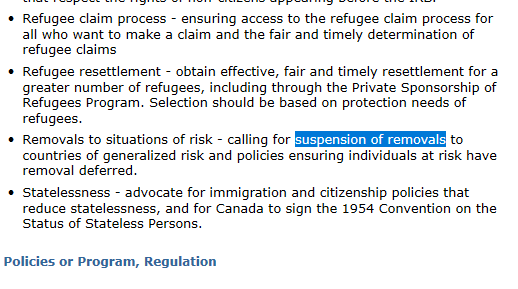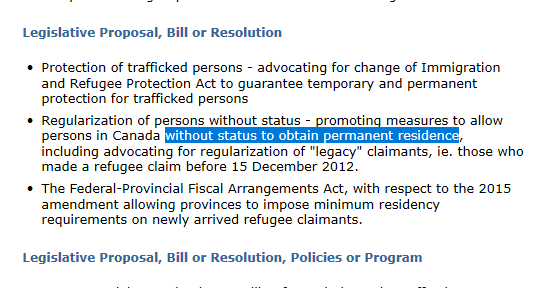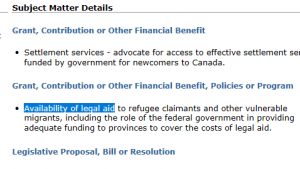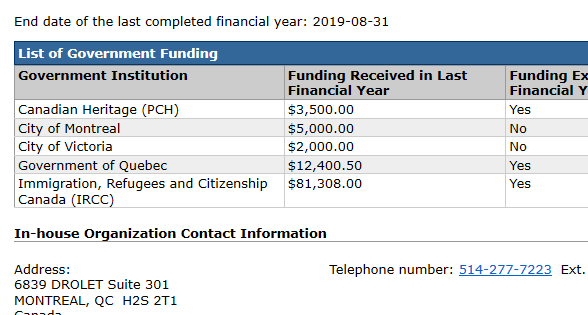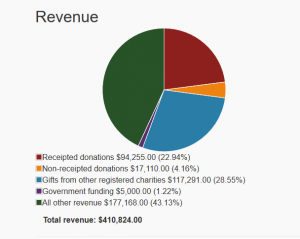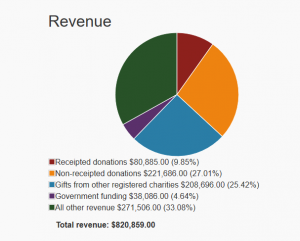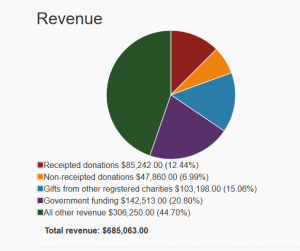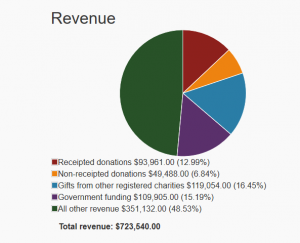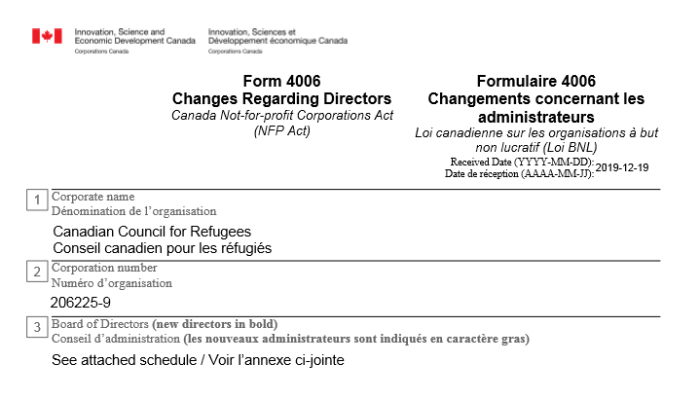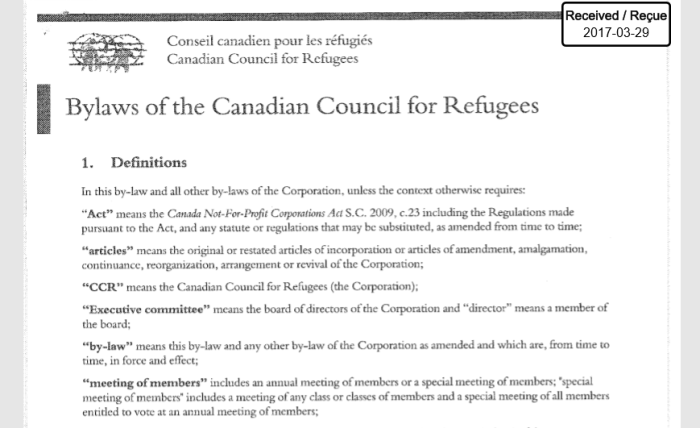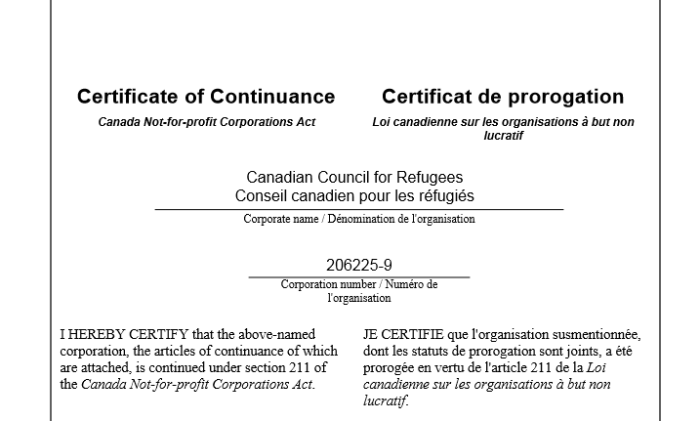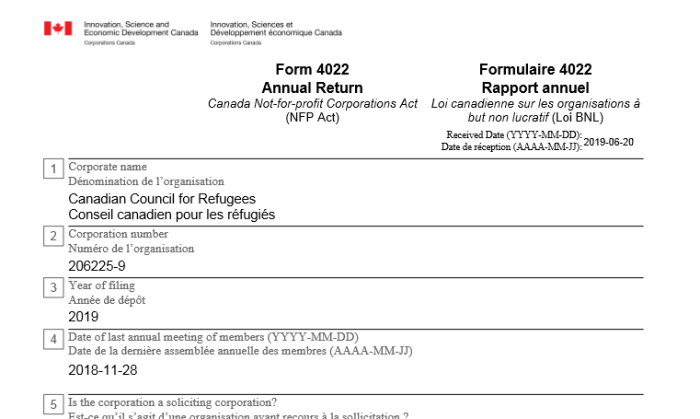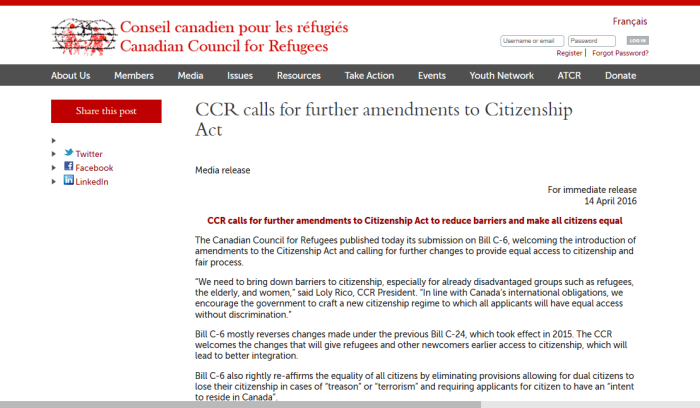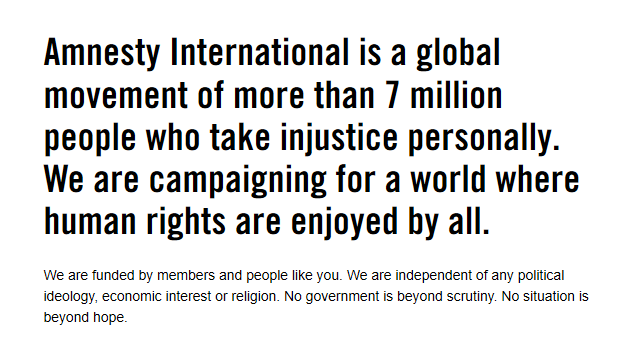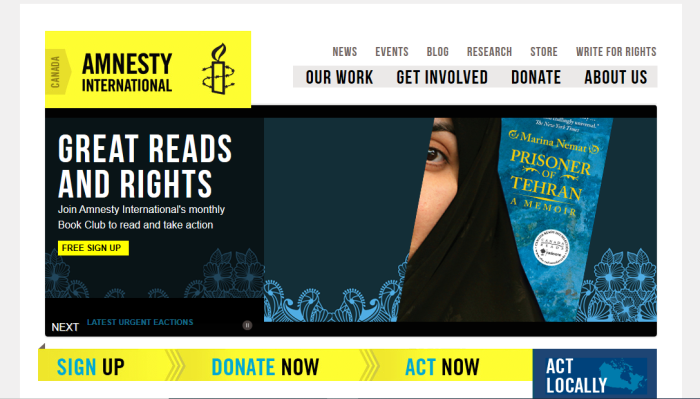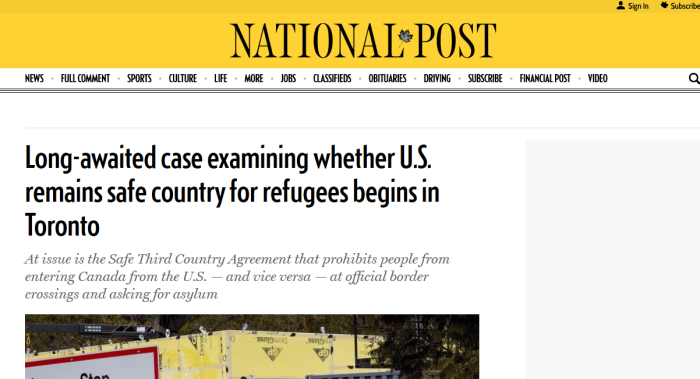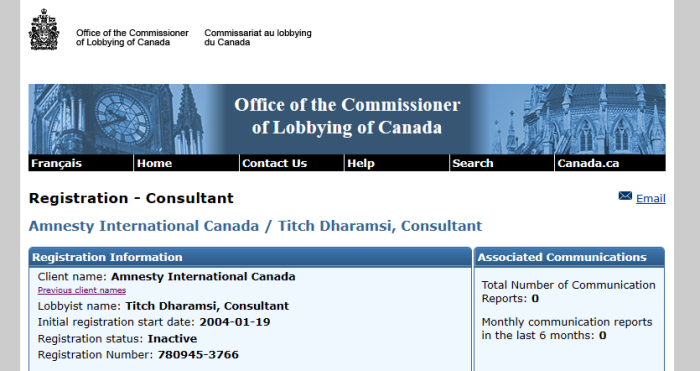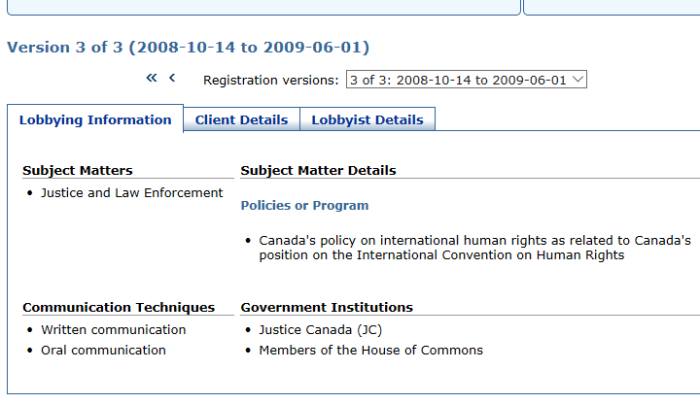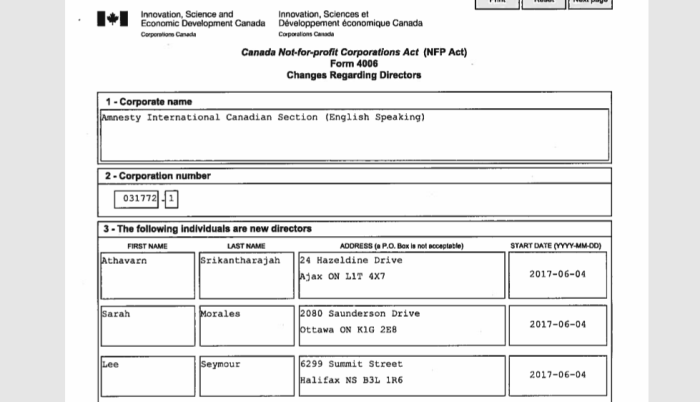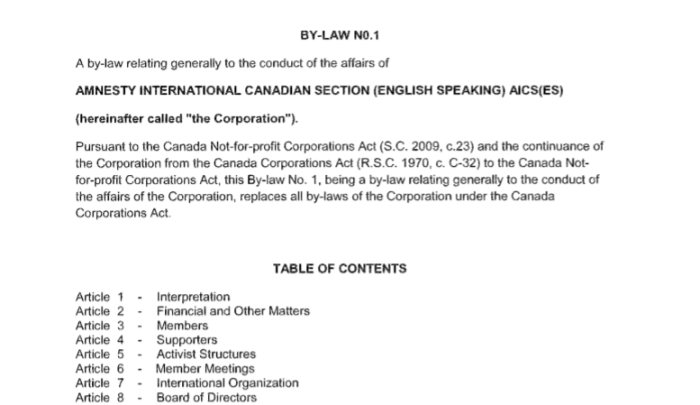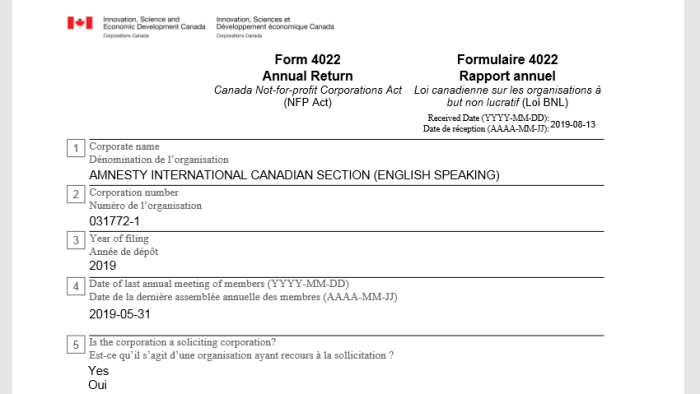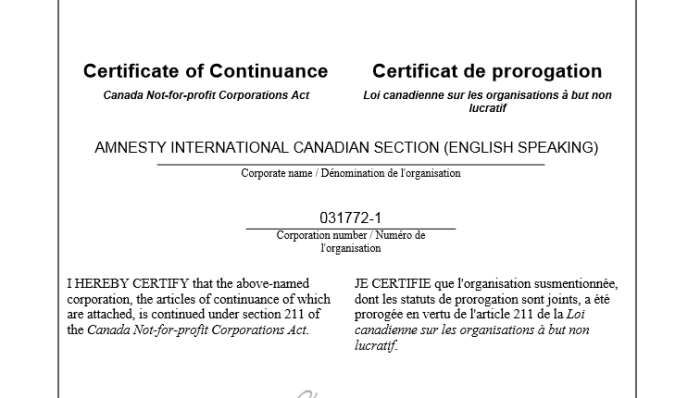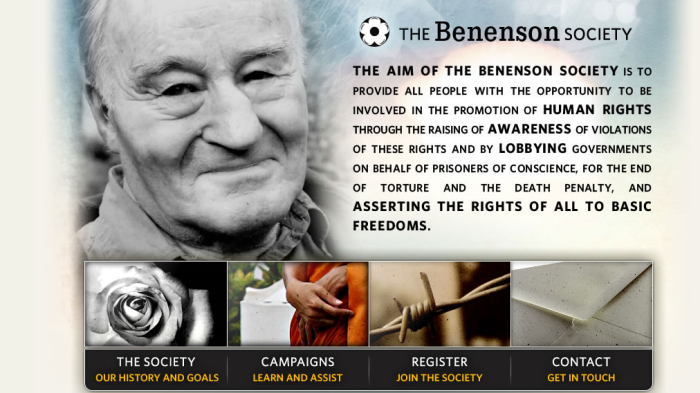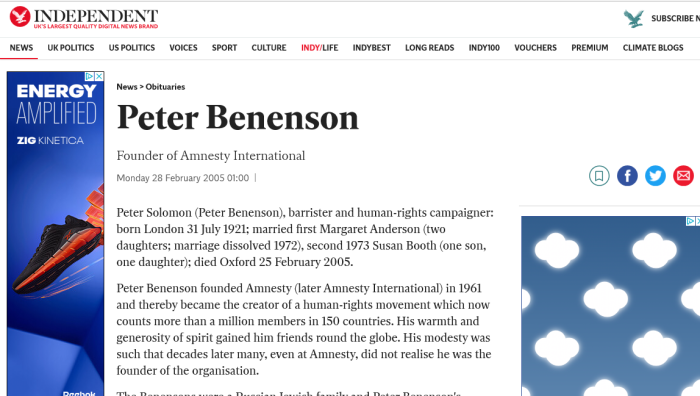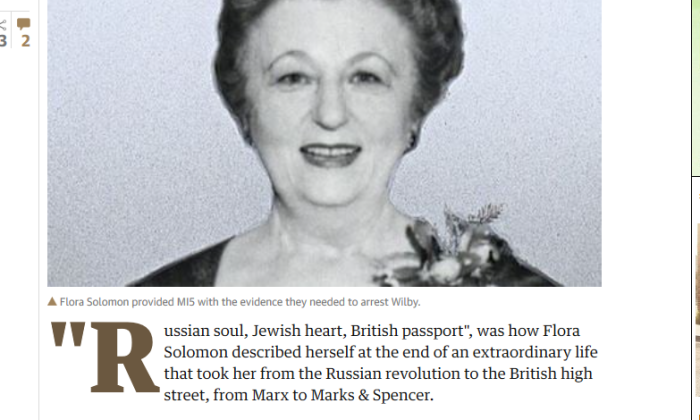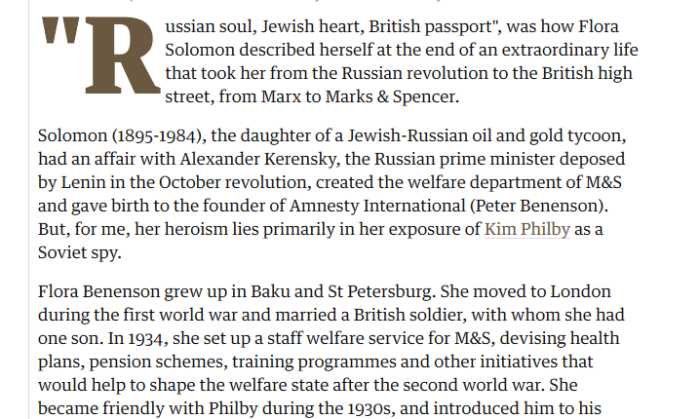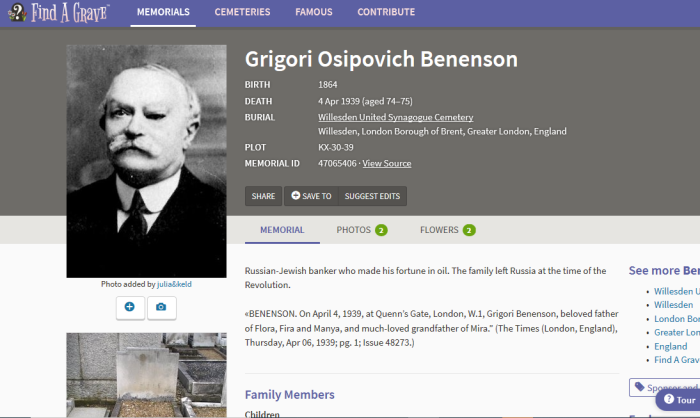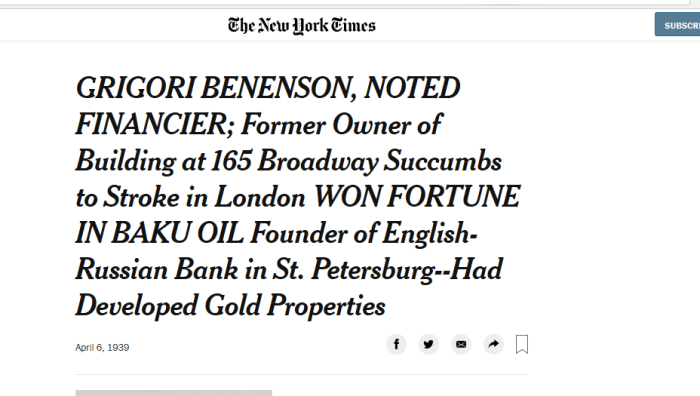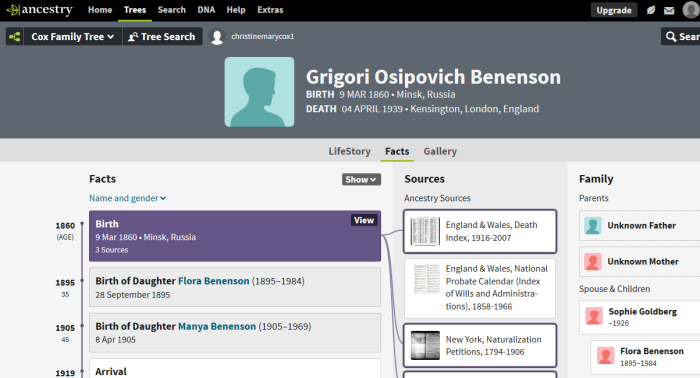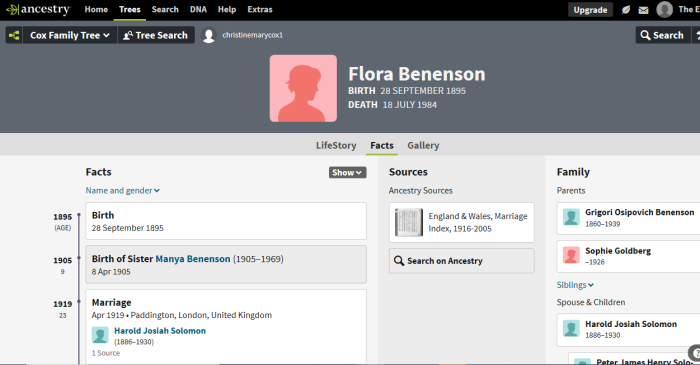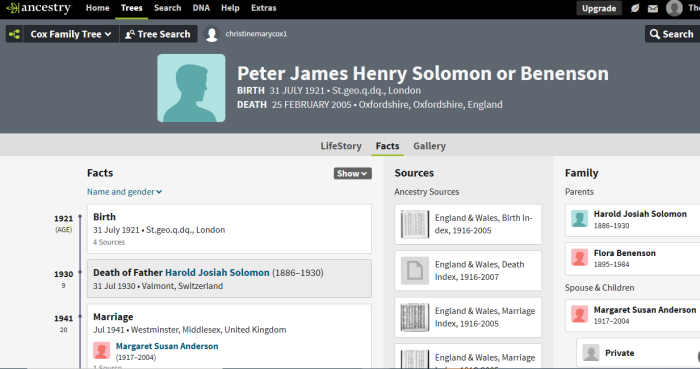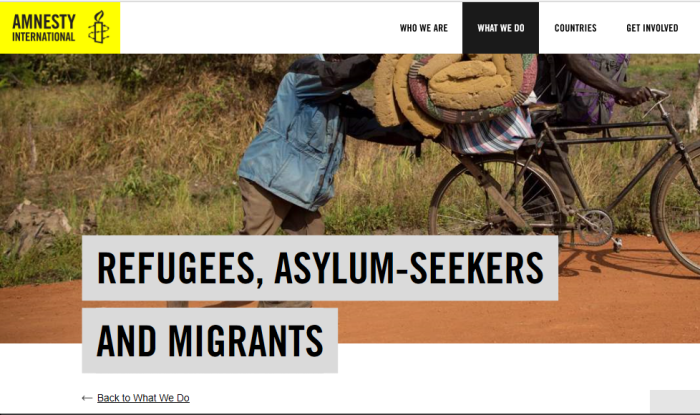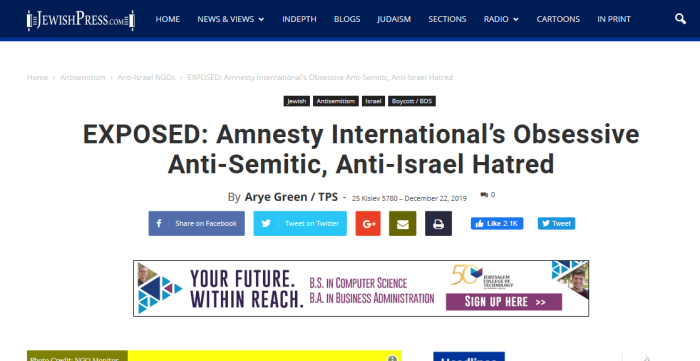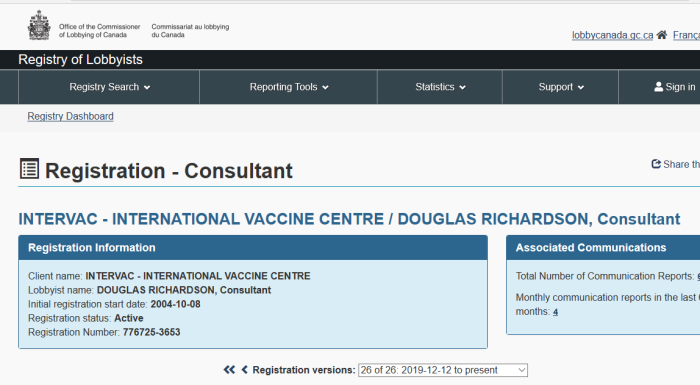
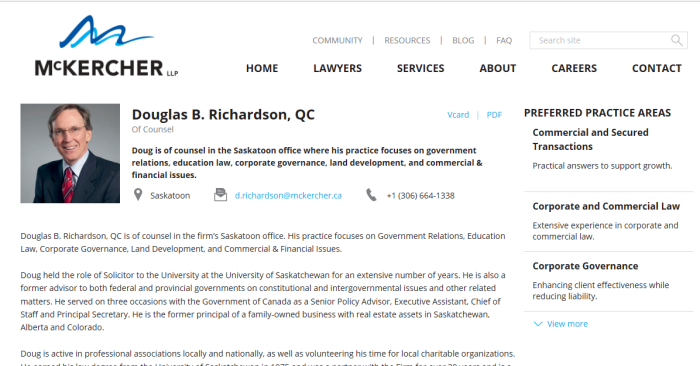
1. Other Articles On CV “Planned-emic”
(A) https://canucklaw.ca/cv-0-corona-plandemic-lobbying-deleted-resources-cl-listings-theresa-tam-canadas-hoaxer-zero
(B) https://canucklaw.ca/cv-1-coronavirus-patent-by-pirbright-institute-funded-by-gates-foundation-climate-change-scam-15/
2. Important Links
(1) https://lobbycanada.gc.ca/app/secure/ocl/lrs/do/vwRg?cno=3653®Id=895048
(2) https://archive.is/iRv5L
(3) https://www.mckercher.ca/
(4) https://archive.is/VtpqF
(5) https://twitter.com/VIDOInterVac
(6) https://news.usask.ca/articles/research/2020/usask-vido-intervac-and-international-vaccine-institute-collaborate-on-covid-19-work.php
(7) http://archive.is/Fcplz
(8) https://news.usask.ca/articles/research/2019/usasks-vido-intervac-and-south-koreans-international-vaccine-institute-to-undertake-scientific-exchanges.php
(9) http://archive.is/jgKDU
(10) http://www.un-rok.org/about-un/offices/ivi/
(11) http://archive.is/FIdw8
(12) https://en.wikipedia.org/wiki/International_Vaccine_Institute
(13) http://archive.is/S7ZkF
(14) https://www.vido.org/news/maternal-immunization-may-protect-newborns-from-whooping-cough-u-of-s-vido-study
(15) http://archive.is/ABYl3
3. Context For This Piece
With the (alleged) coronavirus pandemic and the public panic, one has to ask if vaccines will become mandatory in Canada. After all, powerful people have floated the idea of doing just that. But now would be a good time to follow the money and see where it goes.
Bill Gates, the vaccine fetishist, has his hands in vax development in Canada as well. In fact, he has been financing the University of Saskatchewan for many years. InterVac, which is part of USask, has been partnered with the International Vaccine Institute in South Korea (IVI) for quite some time. IVI is funded by the United Nations Development Programme (UNDP).
Gates pushes for vaccines across the world, but refuses to vaccinate his own children. That should tell you everything you need to know about him.
An interesting connection is a longtime Liberal donor and lobbyist, Douglas Richardson. He has been trying to get funding for InterVac. That’s right: he is lobbying to have more of your tax dollars given to InterVac (and USask) to partner with IVI and the Gates Foundation.
4. Richardson A Longtime Liberal Donor
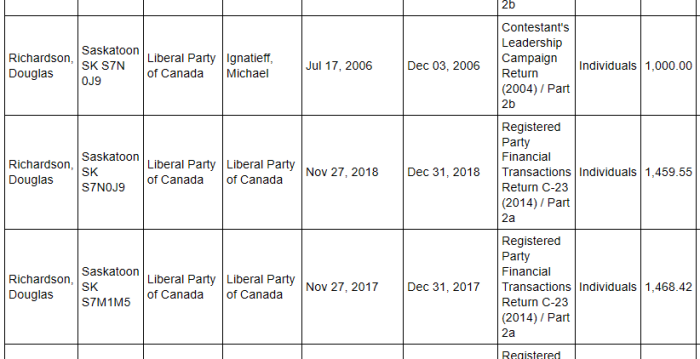
| Date Of Donation | Amount $ | Recipient |
|---|---|---|
| Jan 26, 2005 | 545.00 | LPC |
| May 20, 2005 | 1000.00 | LPC |
| Jul 17, 2006 | 1000.00 | LPC |
| Jul 17, 2006 | 1000.00 | Michael Ignatieff |
| Sep 22, 2006 | 250.00 | LPC |
| Sep 22, 2006 | 250.00 | Hedy Fry |
| Nov 15, 2006 | 995.00 | LPC |
| May 27, 2010 | 1100.00 | LPC |
| Dec 29, 2011 | 59.52 | LPC |
| Dec 31, 2011 | 970.00 | LPC |
| Aug 14, 2012 | 1178.70 | LPC |
| Mar 8, 2013 | 90.00 | Justin Trudeau |
| Sep 27, 2013 | 1186.88 | LPC |
| Oct 16, 2014 | 1178.38 | LPC |
| Apr 25, 2016 | 1,470.52 | LPC |
| Nov 27, 2017 | 1,468.42 | LPC |
| Nov 27, 2018 | 1,459.55 | LPC |
| Nov 27, 2019 | 1000.00 | LPC |
5. Richardson’s Public Offices Held
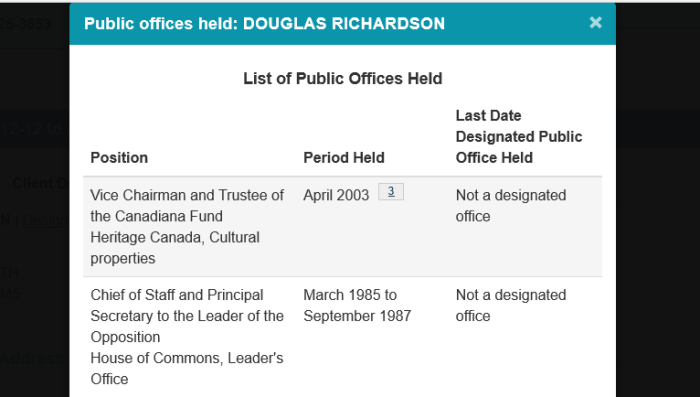
Check out the PUBLIC OFFICES HELD for more information on Douglas Richardson. This is what was disclosed to the Lobbying Commissioner’s Office.
Policy Advisor to the Hon. Otto Lang
Minister Responsible for the Canadian Wheat Board, Agriculture Canada
June 1971 to August 1971
Policy Advisor to the Minister of Justice
Department of Justice, Justice Canada
June 1972 to August 1972
Chief of Staff to the Minister of Finance
Finance Canada, Department of Finance
February 1982 to August 1983
Chief of Staff and Principal Secretary to the Leader of the Opposition
House of Commons, Leader’s Office
March 1985 to September 1987
Vice Chairman and Trustee of the Canadiana Fund
Heritage Canada, Cultural properties
April 2003
6. Richardson’s Lobbying Efforts
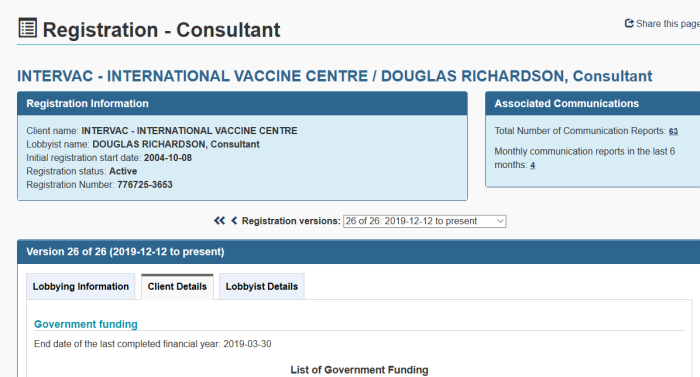
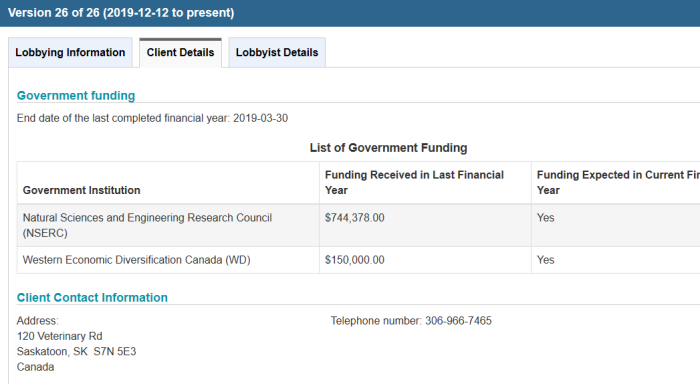
And for the University of Saskatchewan more broadly:
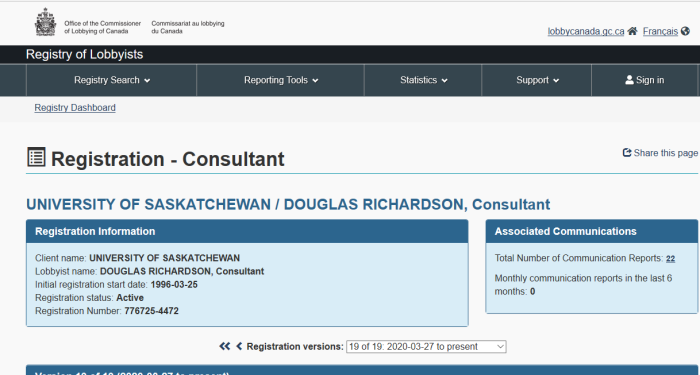

Who does Douglas Richardson lobby?
- Agriculture and Agri-Food Canada (AAFC)
- Canada Revenue Agency (CRA)
- Canadian Food Inspection Agency (CFIA)
- Canadian Grain Commission (CGC)
- Canadian Institutes of Health Research (CIHR)
- Canadian International Trade Tribunal (CITT)
- Canadian Security Intelligence Service (CSIS)
- Environment and Climate Change Canada (ECCC)
- Federal Economic Development Agency for Southern Ontario (FedDev)
- Finance Canada (FIN)
- Fisheries and Oceans Canada (DFO)
- Global Affairs Canada (GAC)
- Health Canada (HC)
- House of Commons
- Impact Assessment Agency of Canada (IAAC)
- Infrastructure Canada (INFC)
- Innovation, Science and Economic Development Canada (ISED)
- National Research Council (NRC)
- Natural Resources Canada (NRCan)
- Natural Sciences and Engineering Research Council (NSERC)
- Prime Minister’s Office (PMO)
- Privy Council Office (PCO)
- Public Health Agency of Canada (PHAC)
- Public Safety Canada (PS)
- Public Services and Procurement Canada (PSPC)
- Senate of Canada
- Western Economic Diversification Canada (WD)
7. VIDO-InterVac On Twitter
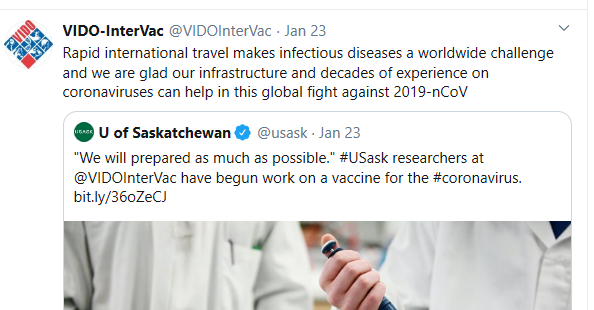


For some of its announcements, check out InterVac’s Twitter account, and see what it has been up to.
8. International Vaccine Institute
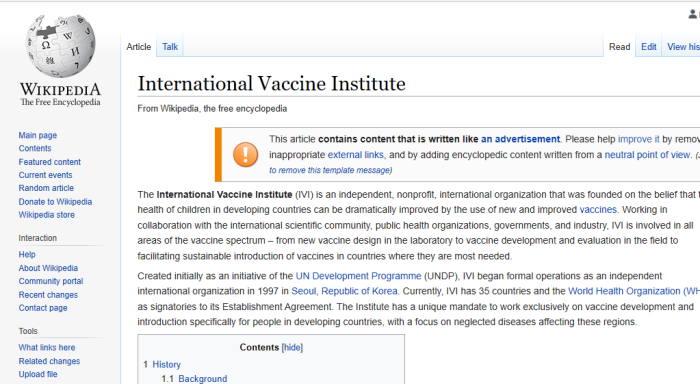
The International Vaccine Institute (IVI) is an independent, nonprofit, international organization that was founded on the belief that the health of children in developing countries can be dramatically improved by the use of new and improved vaccines. Working in collaboration with the international scientific community, public health organizations, governments, and industry, IVI is involved in all areas of the vaccine spectrum – from new vaccine design in the laboratory to vaccine development and evaluation in the field to facilitating sustainable introduction of vaccines in countries where they are most needed.
Created initially as an initiative of the UN Development Programme (UNDP), IVI began formal operations as an independent international organization in 1997 in Seoul, Republic of Korea. Currently, IVI has 35 countries and the World Health Organization (WHO) as signatories to its Establishment Agreement. The Institute has a unique mandate to work exclusively on vaccine development and introduction specifically for people in developing countries, with a focus on neglected diseases affecting these regions.
While not the most reliable source, Wikipedia can provide background information into an organization that’s already nicely laid out.
9. InterVac Partners W/UN Funded IVI
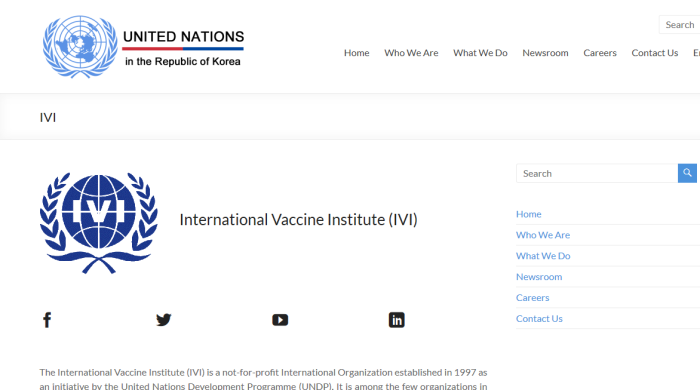
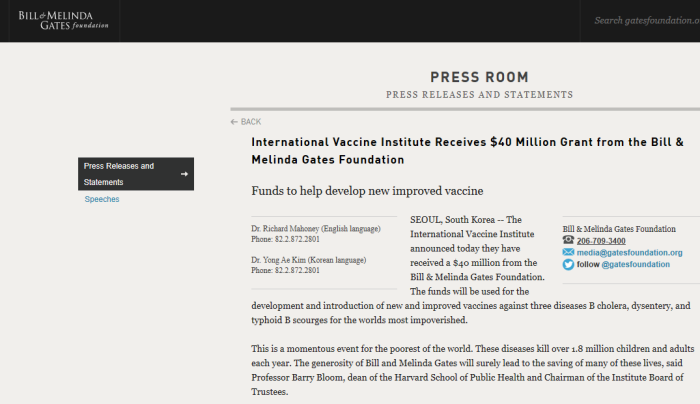
The International Vaccine Institute (IVI) is a not-for-profit International Organization established in 1997 as an initiative by the United Nations Development Programme (UNDP). It is among the few organizations in the world dedicated to vaccines and vaccination for global health.
IVI is involved in all aspects of bringing a vaccine to reality: discover new technologies to make new vaccines or improve existing ones; develop promising vaccine candidates for licensure and World Health Organization (WHO) prequalification by transferring the technology to manufacturers and partnering with them on clinical development; deliver licensed vaccines in low-income countries by generating scientific data on the need for vaccines and the impact of vaccination for decision makers; building capacity in vaccinology in developing countries through technical assistance and training to promote self-sufficiency and sustainability in vaccines and vaccination; and building partnerships in Asia and globally for vaccines and global health.
This has long been a partner with InterVac (University of Saskatchewan). It is funded by the United Nations. However, it does get some hefty grants, from the Bill and Melinda Gates Foundation.
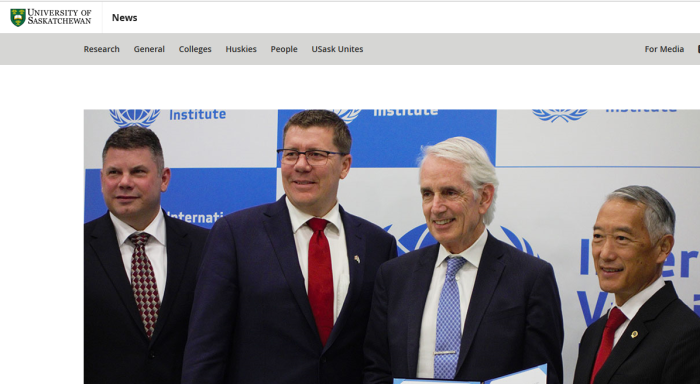
The International Vaccine Institute (IVI) of South Korea, a world-renowned international organization founded by the United Nations Development Programme, is collaborating with VIDO-InterVac at the University of Saskatchewan (USask) to better understand the virus causing the COVID-19 pandemic and to develop vaccines and potential treatments.
“The worldwide importance of the ongoing COVID-19 pandemic seems to naturally align our two vaccine institutes and provides the opportunity to build on this partnership,” said Jerome Kim, director general of the IVI based in Seoul.
The two research centres are partnering on a $180,000 project that will look at virus replication, immune responses, and the effect of antivirals and other medicines to combat COVID-19.
The USask funding for the initiative comes from the USask International Blueprint’s Global Innovation Fund and VIDO-InterVac.
South Korea has been one of the countries hardest hit by this virus. IVI has formed a number of partnerships with companies and governments to advance vaccines against the SARS-CoV-2 virus that causes COVID-19.
The funding collaboration builds on a long-standing relationship between the two institutes, as well as on a recent memorandum of understanding (MOU) signed between USask President Peter Stoicheff and Director-General Kim in South Korea in October of 2019. Read more about the MOU here: https://news.usask.ca/articles/research/2019/usasks-vido-intervac-and-south-koreans-international-vaccine-institute-to-undertake-scientific-exchanges.php
University of Saskatchewan VIDO-InterVac is partnered with the International Vaccine Institute, a United Nations funded group that operates out of South Korea. An interesting partnership indeed. But what is this “memorandum of understanding” that is referenced here?
10. More On InterVac/IVI Partnership
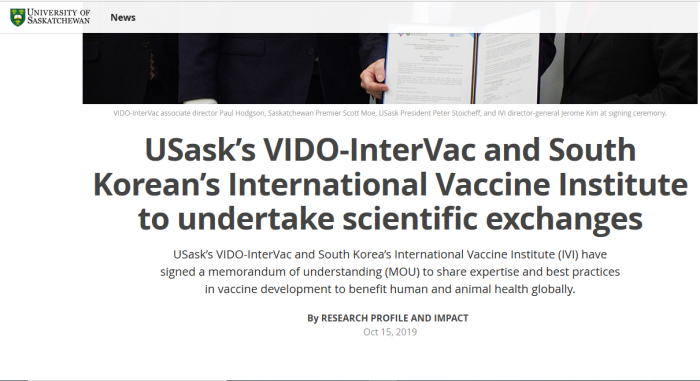
Located on the Seoul National University campus, IVI is a world-renowned organization of the United Nations Development Programme dedicated to vaccines and vaccination for global health. USask’s VIDO-InterVac is a global leader in infectious disease research and vaccine development and has commercialized eight vaccine technologies, six of which are world firsts.
The MOU, signed this week in Seoul by USask President Peter Stoicheff, VIDO-InterVac associate director Paul Hodgson, and IVI director general Jerome Kim, establishes a formal scientific exchange program between the two organizations in infectious disease research and vaccine development, and enables students, post-doctoral fellows and scientists to complete training and learning exchanges. Saskatchewan Premier Scott Moe was on hand to witness the signing ceremony.
“Infectious diseases are one of the top causes of morbidity and mortality worldwide, and along with vaccine hesitancy (reluctance or refusal to be vaccinated or to have one’s children vaccinated), comprise six of the World Health Organization’s top 10 threats to global health in 2019,” said Hodgson.
The two organizations have worked together for more than a decade. Multi-million dollar joint research funded by the Bill and Melinda Gates Foundation under one of the foundation’s original 43 grand challenges in global health program resulted in the discovery and patenting of a novel adjuvant (an immune response booster) for vaccines.
Very interesting. The University of Saskatchewan and the International Vaccine Institute, (which is funded by the UN), have worked together for over a decade, and the Gates Foundation has provided multi-million dollars to further finance vaccine research.
Also, consider the date: October 15, 2019. What else was going on around that time?
Right. It was Event 201, the pandemic “simulation” held on October 18, 2019, just 3 days later. But sure that is just a strange coincidence. Nothing to see here people.
11. InterVac Research Funded By Gates Fdn
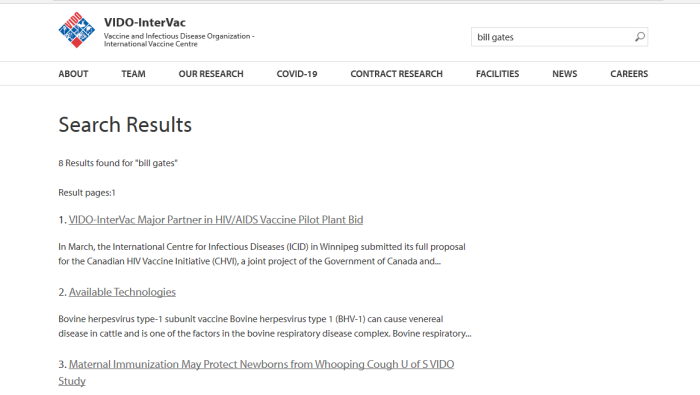
For some more chilling information on InterVan and Bill Gates, a search here will net more disturbing details.
In 2006 there was Maternal Immunization May Protect Newborns from Whooping Cough U of S VIDO Study.
In 2009 there was VIDO-InterVac Major Partner in HIV/AIDS Vaccine Pilot Plant Bid.
In 2018, Gerds was named Director. There was the Grand Challenges in Global Health projects funded by the Bill and Melinda Gates Foundation. As part of this research, the group developed a novel vaccine platform for neonates that is being used to develop vaccines for pertussis and respiratory syncytial virus.
12. Vaccine Research Is Here In Canada
Vaccine research for this and other “pandemics” isn’t something that is happening off in some distant world. It’s here now, and has been operating in Canada for many years. People need to know who the players are, and who is connected to who.

